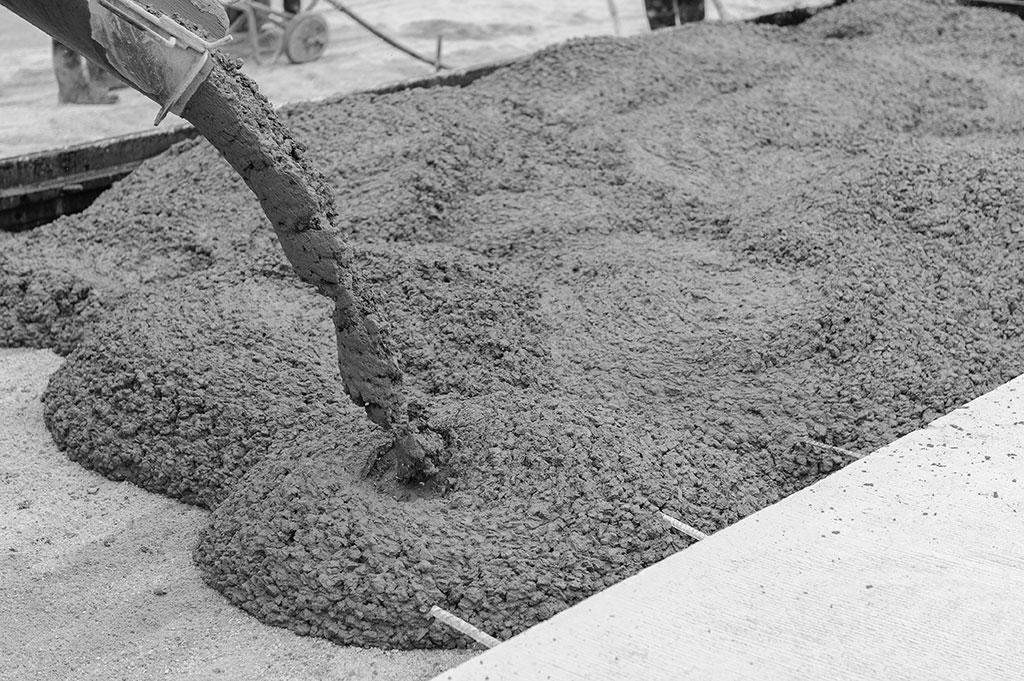Why Select Our Concrete Solutions: Excellence in Every Pour
Why Select Our Concrete Solutions: Excellence in Every Pour
Blog Article
Revealing the Eco-Friendly Advantages of Making Use Of Recycled Concrete in Sustainable Construction Practices
In the realm of sustainable building techniques, the application of recycled concrete stands as a crucial yet often underestimated resource. Beyond its conventional applications, recycled concrete deals a myriad of eco-friendly advantages that extend far past the boundaries of typical building materials. From minimizing ecological effect to enhancing cost-efficiency, the ramifications of including recycled concrete in sustainable building techniques are considerable. This functional product not only addresses pressing ecological worries but likewise presents a sensible solution to the obstacles faced by the building market at large.
Ecological Advantages
By incorporating recycled concrete into building methods, there is a considerable reduction in the demand for new raw materials, leading to preservation of all-natural resources. Additionally, the usage of recycled concrete decreases the quantity of waste being sent to garbage dumps, thus decreasing environmental air pollution and minimizing the strain on garbage dump capacities (Concrete).

In comparison, recycled concrete has a lower carbon footprint as it minimizes the demand for new concrete manufacturing. On the whole, the environmental benefits of using recycled concrete are substantial and play a vital function in promoting environmentally friendly building and construction approaches.
Cost-Efficiency
Accomplishing cost-efficiency is a paramount factor to consider when analyzing the utilization of recycled concrete in construction projects. One of the vital benefits of making use of recycled concrete is its cost-effectiveness contrasted to standard concrete.
Moreover, the usage of recycled concrete can result in savings in landfill expenses by drawing away concrete waste from disposal sites. This not only minimizes the ecological influence yet likewise removes the costs related to waste elimination. The sturdiness and efficiency of recycled concrete are similar to conventional concrete, making certain that price savings do not jeopardize the top quality of the building and construction.
Toughness and Strength
Taking into consideration the significant cost-efficiency benefits of using recycled concrete, it is necessary to examine its longevity and stamina in construction applications. Recycled concrete deals similar, if not exceptional, longevity and stamina residential properties to standard concrete. Through developments in processing strategies and quality assurance, recycled concrete can fulfill or surpass the efficiency standards of conventional concrete. The process of recycling concrete includes crushing, arranging, and screening old concrete to produce accumulations that can be utilized in new construction jobs. These recycled accumulations are qualified of offering satisfactory compressive strength, durability, and long-lasting performance.

Waste Decrease
When it comes to making use of recycled concrete, waste decrease is an essential advantage that contributes significantly to environmental preservation. By integrating recycled concrete into construction projects, this waste is repurposed and diverted from garbage dumps, reducing the overall environmental influence of building and construction tasks.
In addition, the usage of recycled concrete can lead to set you back savings for building tasks, as it Concrete is typically extra cost effective than sourcing and carrying brand-new materials - Concrete. In final thought, waste decrease through the application of recycled concrete is an important part of sustainable building techniques that benefits both the building and construction and the environment industry as a whole.
Power Preservation
When it comes to utilizing recycled concrete in construction, substantial power financial savings are attained home compared to conventional concrete production. The process of generating recycled concrete entails recycling and squashing existing concrete products, which takes in less power than mining, handling, and moving raw materials for brand-new concrete production.
Conclusion
In conclusion, the application of recycled concrete in sustainable building practices supplies many environmental advantages, cost-efficiency, sturdiness, stamina, waste reduction, and power conservation. By incorporating recycled concrete right into building and construction tasks, we can contribute to a more sustainable and environmentally pleasant future. It is necessary for the building sector to focus on the usage of recycled materials to aid minimize the environmental effect of building and construction activities.
One of the key benefits of using recycled concrete is its cost-effectiveness click this link contrasted to traditional concrete.Additionally, the use of recycled concrete can lead to financial savings in landfill prices by diverting concrete waste from disposal websites. The resilience and efficiency of recycled concrete are comparable to standard concrete, guaranteeing that price savings do not endanger the top quality of the building and construction.

Report this page